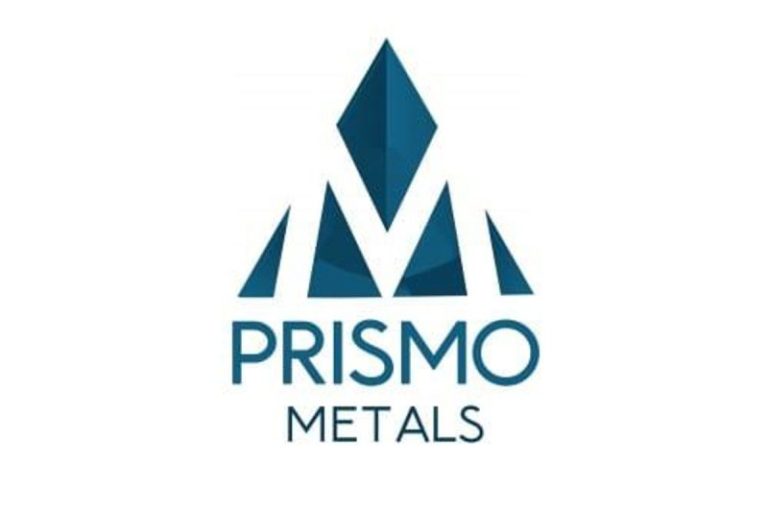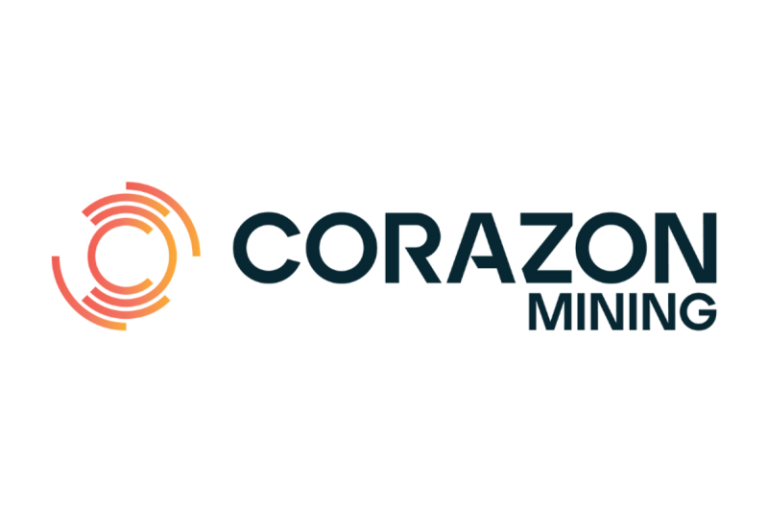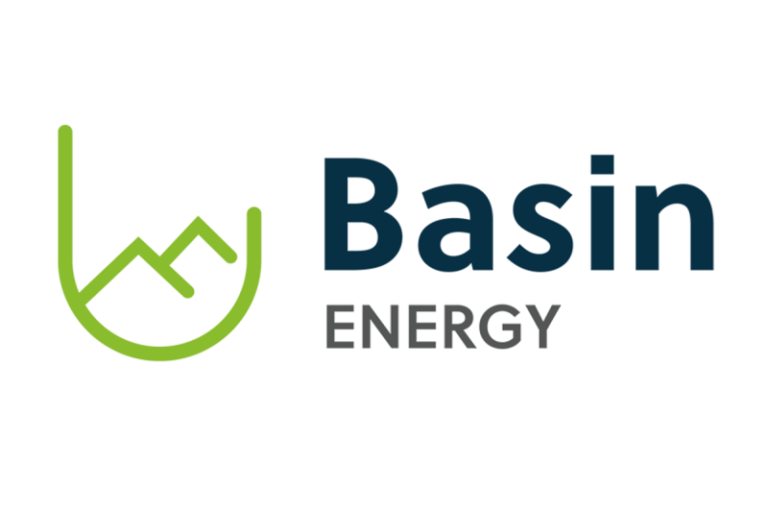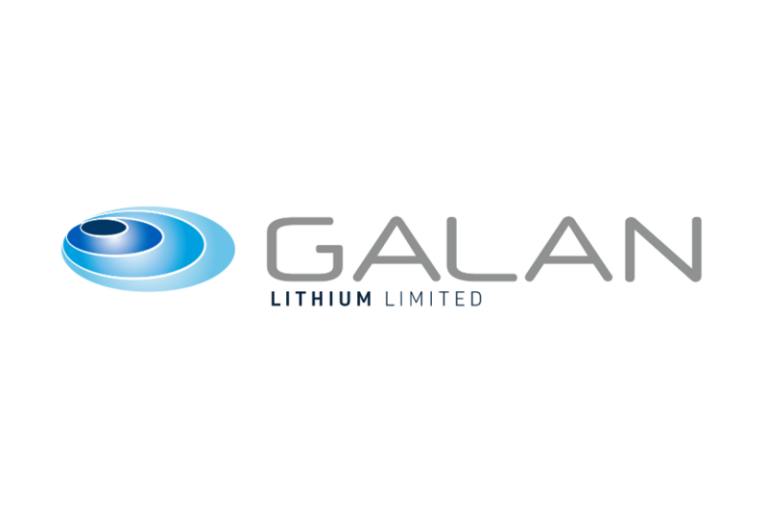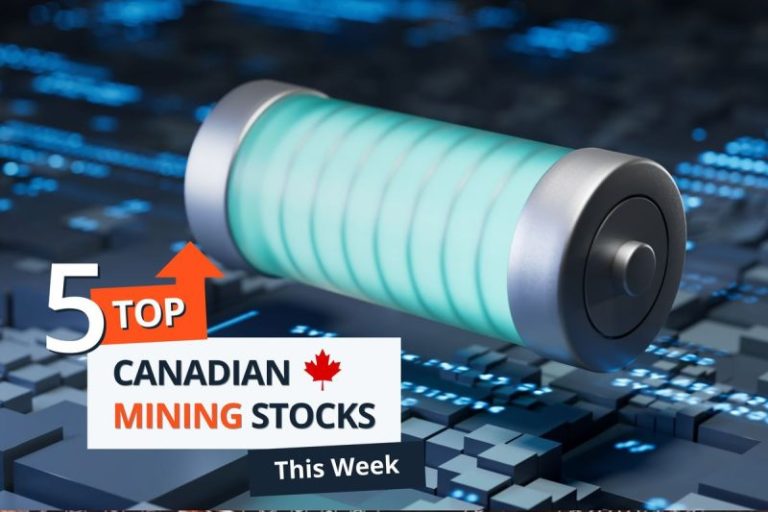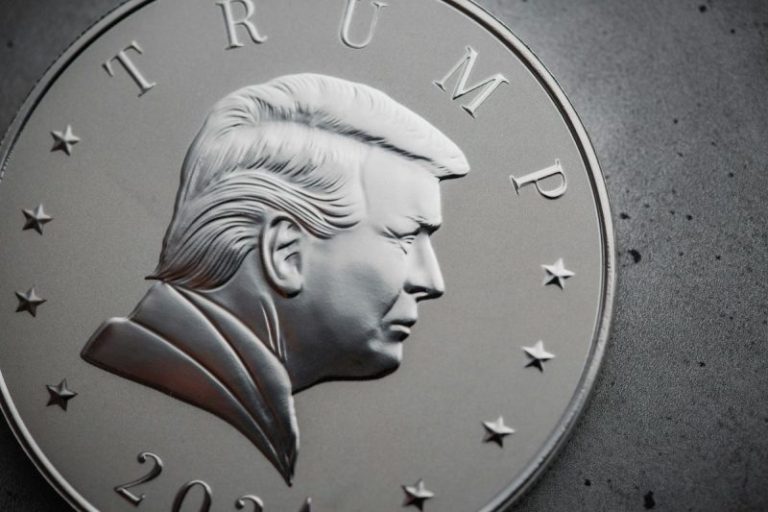(TheNewswire)
Prismo to Host Webinar on September 3rd
Vancouver, British Columbia, August 27, 2025 TheNewswire – Prismo Metals Inc. (the ‘ Company ‘) (CSE: PRIZ,OTC:PMOMF) (OTCQB: PMOMF) is pleased to provide an update on ongoing exploration work at the Silver King mine. The exploration work currently in progress has resulted in the identification of two previously undescribed veins with mineralogical characteristics similar to those at Silver King (Fig. 1). Preliminary analysis with a portable XRF instrument shows the mineralization contains lead, silver, copper and zinc. A first batch of samples has been submitted to the lab, with results expected in the coming weeks.
‘During reconnaissance work, we have been working on understanding the controls of mineralization at the Silver King mine,’ stated Dr. Craig Gibson, Chief Exploration Officer of the Company. ‘Two previously undescribed veins were discovered (Figure 1.), including one at a large mine dump about 300 meters south of the Silver King mine shaft. We believe this may have been the location of significant silver production. Several veins and prospect pits occur 300 meters along strike to the NE to a point near the Silver King glory hole. Of particular note, this is the first time we have observed mineralization similar to the Silver King deposit outside of the historic mine and so it provides an exciting new exploration target.’
Click Image To View Full Size
Figure 1 . The Silver King with exploration advances. The red line represents the trace
of a quartz vein with silver-copper-lead-zinc mineralization in a previously undescribed vein.
The green line represents a quartz vein with copper mineralization with silver values.
He added: ‘The stockpile of vein materials is located above an area that was used to smelt the sulfide ore, and numerous conical shaped pieces of slag, with the pointed tips that would have contained the concentrated metals removed. Examination of a collapsed mine portal showed the presence of quartz veinlets containing sulfide minerals, mainly sphalerite, galena and tetrahedrite.’
Initial work at the Silver King project has consisted of a property wide survey of the historic mines and prospects, as well as a geochemical and alteration mineral survey around the surface expression of the Silver King deposit and other mineral occurrences. The Silver King deposit is located a few kilometers from the Resolution Copper deposit (a joint venture between Rio Tinto and BHP) and the high-grade Magma mine, a former copper and silver producer. Mineralization at Silver King is hosted by the same rock sequence that hosts the Resolution Copper deposit, but which is exposed at the surface and is not covered by the thick sequence of volcanic rocks that covers Resolution Copper.
Prismo plans to complete the current exploration program in September and conduct a preliminary exploration drill program upon obtaining its drill permit. The Company has submitted a plan of operations for the drill program with the Forest Service. Work is ongoing to further define the controls on mineralization at the historic mine. It is also expected that access to the historic workings on the 114 level of the mine will be achieved shortly.
‘Having toured the Silver King mine site (along with the Ripsey mine) with Chief Exploration Officer Craig Gibson in early August, the prevalence and scale of the historic and current producing mines in the district was truly impressive,’ stated Gordon Aldcorn, President. ‘Acquiring a past producing mine with virtually no modern exploration in such close proximity to other world class deposits is a rare opportunity for Prismo Metals.’
On July 4, 2025, the Company announced that it had signed option agreements to acquire 100% interest in the Silver King and Ripsey mines — both historic high-grade precious and base metal mines located in Arizona’s prolific Copper Belt near its flagship Hot Breccia project. A crew led by Dr. Craig Gibson, Chief Exploration Officer of the Company, has been working at the project since Aug 4.
Click Image To View Full Size
Figure 2 . Top image , vein fragments from newly recognized target.
Bottom image , cone of slag with tip removed.
Webinar
Prismo is pleased to invite investors and other interested parties to attend the Company’s upcoming live webinar presentation, audience Q&A and interview.
CEO Alain Lambert and Chief Exploration Officer Dr. Craig Gibson will discuss Prismo’s three advanced-stage exploration projects.
The webinar will be a live, interactive online event where attendees can ask the presenters questions in real time. A recording will be available for those who cannot join the live event.
Event : Radius Research Pitch, Deep Dive, and Q&A with Prismo Metals Inc.
Presentation Date & Time : Wednesday, September 3rd @ 4 PM ET / 1 PM PT
Webcast Registration Link: https://us02web.zoom.us/webinar/register/6817562353172/WN_VYgFeEN9QQqfctchdJ4ACQ
This webinar will be hosted by Radius Research, giving individual investors access to in-depth CEO interviews with deep-dive institutional-level discussion and Q&A. Radius Research is part of Market Radius Capital, Inc. and hosted by Martin Gagel, a former top-ranked sell-side technology and special situations analyst.
About Silver King
Discovered in 1875, the Silver King mine is one of Arizona’s most important historical producers, yielding nearly 6 million ounces of silver at grades of up to 61 oz/t. Selected samples from small-scale production in the late 1990s returned historical grades as high as 644 oz/t silver (18,250 g/t) and 0.53 oz/t gold (15 g/t). Additionally, the presence of freibergite (AgCuSbS) suggests a potential for antimony, a critical mineral with growing strategic demand.
Strategic Location
The Silver King mine sits only 3 km from the main shaft of the Resolution Copper project — a joint venture between Rio Tinto and BHP and recognized as one of the world’s largest unmined copper deposits. (1) This unique land position is fully surrounded by Resolution Copper’s claim block, offering strategic upside.
The Silver King mine was discovered in 1875 and produced as much as 10,000 ounces per ton silver in near surface workings. (2) Underground production through 1889 is estimated at almost 6 million ounces of silver at grades of between 61 and 21 ounces per ton. During a second period of production from 1918 to 1928, 230,000 ounces were produced at a grade of 18.7 ounces per ton. No significant production has occurred after 1928.
Silver King is a steeply west-dipping pipelike stockwork and breccia zone that was mined on eight levels to about 300 meters depth below a glory hole at the surface. The pipe is described as a dense stockwork with local breccia zones and a quartz core, and that due to variations in mineralogy, much of the upper portion of the body has not been mined (3) . The current owners from whom the Company has optioned the project rehabilitated the main shaft in the late 1990s, opened the upper levels of the mine and produced a small tonnage. Assay certificates from this period show selected samples with 400 to 600 ounces per ton silver with 0.2-0.5 oz/t gold and some base metals. Virtually no modern exploration has been carried out at the mine providing significant exploration upside and multiple drill targets.
With respect to the Resolution deposit, the QP has been unable to verify the information, and the information is not necessarily indicative to the mineralization on the Silver King property.
(1) https://resolutioncopper.com/about-us/
(2) Galbraith, F, 1935, Geology of the Silver King area, Superior, Arizona, Univ. of Arizona thesis, 153p plus plates.
(3) Blake, W.P., 1883, Description of the Silver King Mine, Arizona, New Haven, 48p plus plates.
Qualified Person
Dr. Craig Gibson, PhD., CPG., a Qualified Person as defined by NI-43-01 regulations and Chief Exploration Officer and a director of the Company, has reviewed and approved the technical disclosures in this news release. The historic data presented in this press release was obtained from public sources, should be considered incomplete and is not qualified under NI 43-101, but is believed to be accurate. The Company has not verified the historical data presented and it cannot be relied upon, and it is being used solely to aid in exploration plans.
(4) https://resolutioncopper.com/about-us/
(5) Briggs, D. 2015, Superior, Arizona: An old mining camp with many lives, Ariz. Geol Survey Contributed Report CR-15-D, 13p.
About the Silver King mine
Discovered in 1875, the Silver King mine was one of Arizona’s most important historic producers, yielding nearly 6 million ounces of silver at grades of up to 61 oz/t. No significant production has occurred after 1928.
The Silver King mine sits only 3 km from the main shaft of the Resolution Copper project — a joint venture between Rio Tinto and BHP and one of the world’s largest unmined copper deposits, and just over 600m from the historic Magma mine deposit. The unique land position is fully surrounded by Resolution Copper’s claim block, offering strategic upside. Selected samples from small-scale production in the late 1990s returned grades as high as 644 oz/t silver (18,250 g/t) and 0.53 oz/t gold (15 g/t), indicating that high-grade mineralization remains.
About Prismo Metals Inc.
Prismo (CSE: PRIZ,OTC:PMOMF) is a mining exploration company focused on advancing its Silver King, Ripsey and Hot Breccia projects in Arizona and its Palos Verdes silver project in Mexico.
Please follow @PrismoMetals on , , , Instagram , and
Prismo Metals Inc.
1100 – 1111 Melville St., Vancouver, British Columbia V6E 3V6
Phone: (416) 361-0737
Contact:
Alain Lambert, Chief Executive Officer alain.lambert@prismometals.com
Gordon Aldcorn, President gordon.aldcorn@prismometals.com
Cautionary Note Regarding Forward-Looking Information
This release includes certain statements and information that may constitute forward-looking information within the meaning of applicable Canadian securities laws. Forward-looking statements relate to future events or future performance and reflect the expectations or beliefs of management of the Company regarding future events. Generally, forward-looking statements and information can be identified by the use of forward-looking terminology such as ‘intends’ or ‘anticipates’, or variations of such words and phrases or statements that certain actions, events or results ‘may’, ‘could’, ‘should’, ‘would’ or ‘occur’. This information and these statements, referred to herein as ‘forward‐looking statements’, are not historical facts, are made as of the date of this news release and include without limitation, statements regarding discussions of future plans, estimates and forecasts and statements as to management’s expectations and intentions with respect to, among other things: the timing, costs and results of drilling at Hot Breccia.
These forward‐looking statements involve numerous risks and uncertainties, and actual results might differ materially from results suggested in any forward-looking statements. These risks and uncertainties include, among other things: delays in obtaining or failure to obtain appropriate funding to finance the exploration program at Silver King.
In making the forward-looking statements in this news release, the Company has applied several material assumptions, including without limitation, that: the ability to raise capital to fund the drilling campaign at Silver King and the timing of such drilling campaign.
Although management of the Company has attempted to identify important factors that could cause actual results to differ materially from those contained in forward-looking statements or forward-looking information, there may be other factors that cause results not to be as anticipated, estimated or intended. There can be no assurance that such statements will prove to be accurate, as actual results and future events could differ materially from those anticipated in such statements. Accordingly, readers should not place undue reliance on forward-looking statements and forward-looking information. Readers are cautioned that reliance on such information may not be appropriate for other purposes. The Company does not undertake to update any forward-looking statement, forward-looking information or financial out-look that are incorporated by reference herein, except in accordance with applicable securities laws. We seek safe harbor.
Copyright (c) 2025 TheNewswire – All rights reserved.
News Provided by TheNewsWire via QuoteMedia

